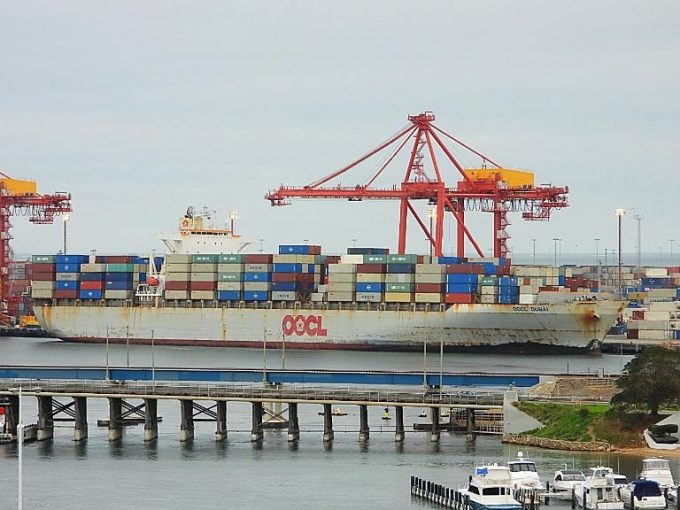India-Africa: Capacity revamp as demand brings rate gains for carriers
India-Africa trade is seeing a reconfiguration of capacity deployment due to the shipping alliance changes ...

Transatlantic container rates from North Europe to the US east coast have fallen below pre-pandemic levels after ocean carriers pumped far too much capacity back into the tradelane.
And now, against a backdrop of poor voyage results, shipping lines are being obliged to revise their growth ...

Comment on this article
Brian Pendleton
December 06, 2023 at 6:19 amSave money and use Liverpool 2 for the big container ships to the west coast, USA.